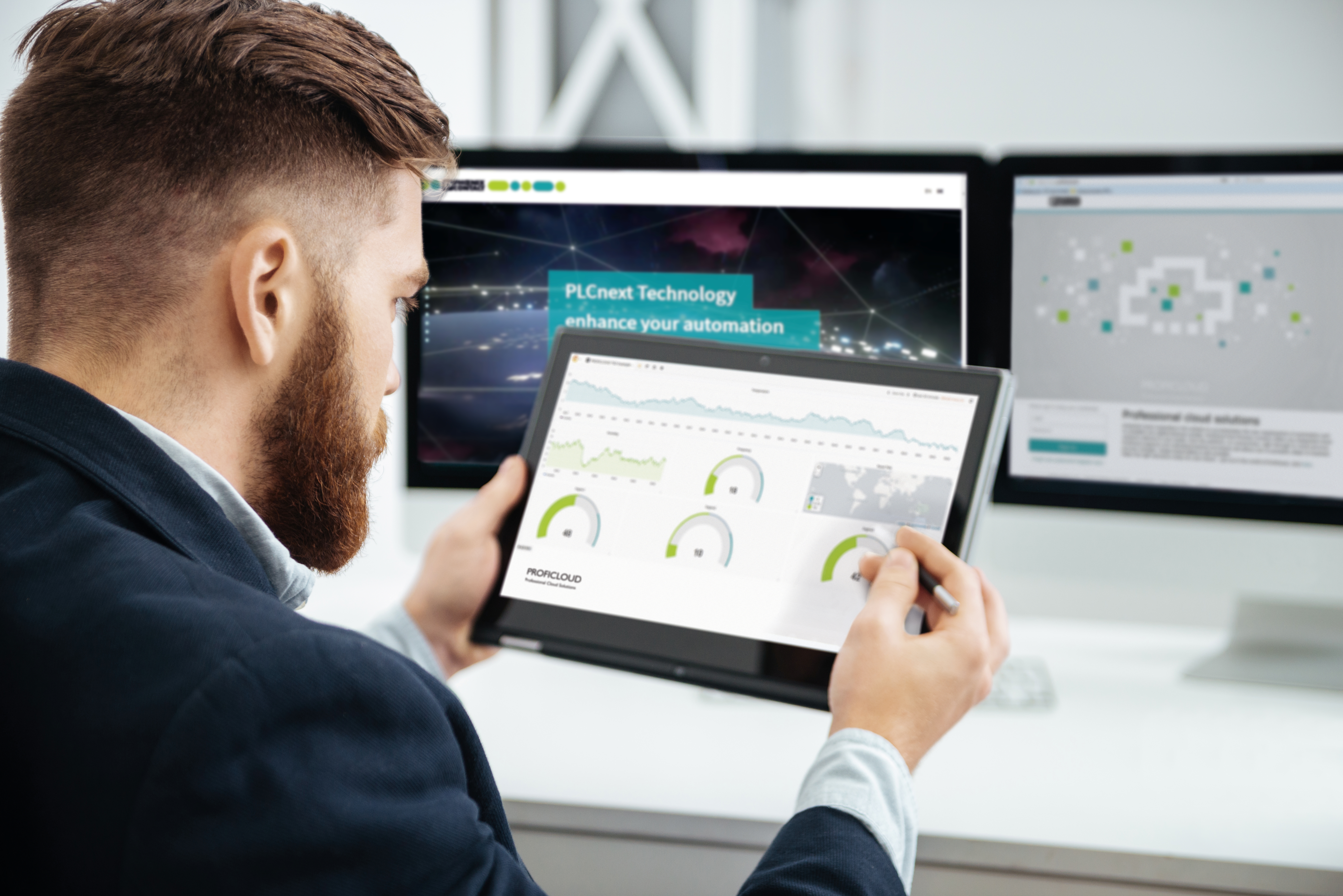
Cloud-native vs. cloud-agnostic: What’s the mystery behind the hype?
Speed seems to be the order of the day in digitization. Service providers and customers seem to compete with each other in this digital space. We see huge, successful solution providers switching from rigid monolithic structures to loosely coupled, service-oriented architectures. Cloud-based solutions along with API-based communications and container-centric applications seem to have helped with this transition. For some time now, cloud vendors, especially the best-known ones like Amazon, Microsoft Azure and Google Cloud, have been driving business processes worldwide. As the technology matures, the company’s business processes are now asking which cloud platform is more efficient, what could be easily maintained, which option is potentially more advantageous in the long run. At this point, the question arises: cloud native or cloud agnostic? This is where companies decide whether to stick to one vendor or be present in all clouds.

Cloud-native: When it’s imporant to stick with a vendor
If you try to fathom the meaning of “cloud-native”, you get innumerable, fundamentally different answers and you are just as unknowing as at the beginning. Cloud platforms require applications to run in a distributed environment with systems that are scalable, automatic and fault tolerant. But is that what this term is about? Or is there something else to it? “Cloud-native” means choosing a platform and developing for that particular platform. This way, the application uses the strengths of the underlying platform instead of trying to be present in all clouds.
Advantages: Native cloud services deliver better performance, higher efficiency and lower costs. You can inherently leverage auto-scaling and load balancing capabilities from cloud offerings from vendors like Amazon and Google.
Disadvantages: Cloud-native would mean we end up using native APIs. If a customer needs to switch to another cloud provider, it can mean a lot of effort. And if the cloud provider changes API services during an upgrade, the application must also respond accordingly, which can be both time-consuming and costly.
Cloud-agnostic: Free yourself from the obligation to a provider

Agnosticism in the IT context would mean being interoperable, and this can refer to either software, hardware or even business models. So if you think further, being cloud agnostic means being able to move from one cloud to another without having a big impact on systems and business processes. In purely technical terms, any cloud service must meet the requirement that the infrastructure, platform and software could be sourced from different service providers. This must not have any impact on the services provided. Hence, in some way, the data should be portable and the applications platform-independent. Containerization helps with cloud agnostic working methods, allows the platform to be built in the container and the applications to run anywhere.
Advantages: For customers working on multiple clouds, cloud agnostic service platforms provide the required consistent and standardized performance in any environment.
Disadvantages: Switching between cloud providers is costly and complex. It could mean that the customer is not using all the functionality of a vendor. Performance may also be affected by internal design differences between vendors. In addition, multiple cloud vendors have a difficult time logging and monitoring. They may not really provide a way to maintain and aggregate protocols across platforms.
Proficloud from Phoenix Contact
With Proficloud, Phoenix Contact offers a public cloud solution for industrial automation – from cloud devices to the cloud platform and cloud services. While in the early days of cloud activities at Phoenix Contact the focus was on linking the fieldbus and cloud, i.e. communication with the Profinet fieldbus protocol via the cloud, a data-centric approach was increasingly pursued in further development steps. With the increasing number of applications in the IoT environment, it was recognized that it was sensible and necessary to collect machine and process data centrally and evaluate it with the performance of a cloud system.




